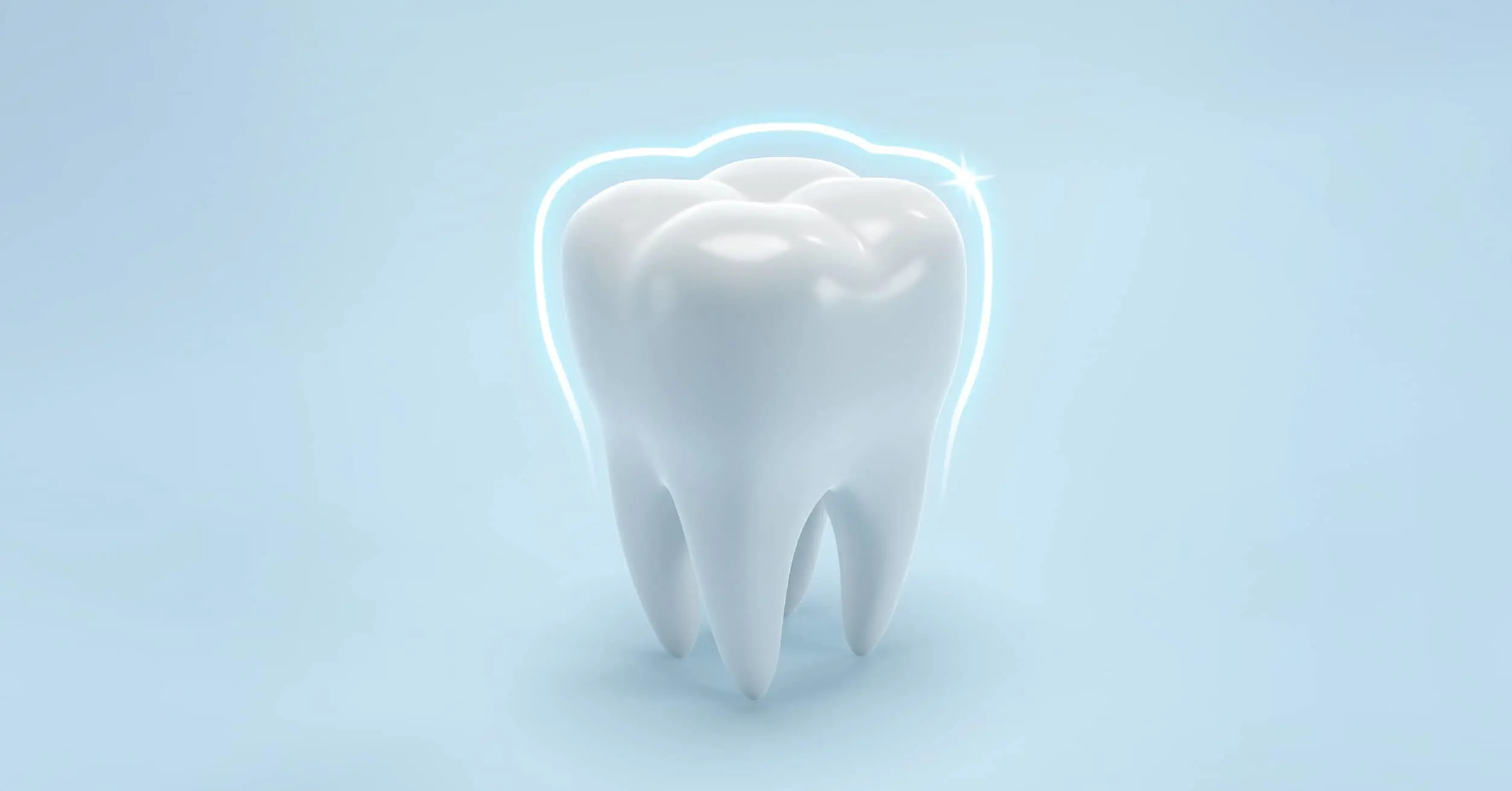Enamel, a material that protects your teeth from physical and chemical harm, makes up the outer covering of your teeth. Enamel on teeth is extremely robust. It is, in fact, the toughest tissue in the human body, even harder than bone.
The wearing away of the tooth surface by an acid that dissolves the enamel and dentine is known as erosion. Tooth structure can be lost in a variety of ways. Enamel is your teeth's first line of protection against the numerous substances they are exposed to from food and bodily fluids. As a result, it's prone to deterioration. Enamel erosion is the term for this.
Enamel erosion can result in tooth discoloration and discomfort. Enamel on teeth cannot be regrown. However, with dental treatment and good oral hygiene, you can avoid enamel erosion.
Causes of Tooth Erosion and Enamel Erosion
Acids contained in meals and beverages are one of the leading causes of enamel degradation. To safeguard your teeth, saliva regularly neutralizes acid that you eat/drink. The outer layer of enamel will erode over time if you consume too much acidic food and do not brush your teeth correctly.
Therefore, watch what you eat/drink. Below are some items to avoid:
Acidic foods, such as apples and citrus
Fruit drinks, juices and sodas
Vitamin C, found in citrus fruits
Sugary foods
Starchy foods
Enamel erosion can also be a result of other factors, such as:
Low salivary flow
Certain medication
Eating disorders, which disrupts the digestive system and exposes teeth to stomach acid
Genetic disorders, such as enamel hypoplasia, that affect tooth development
Preventing and Treating Tooth and Enamel Erosion
Remember, enamel is a highly robust material. Unfortunately, because it lacks living cells, it is unable to repair itself if it is damaged physically or chemically. This indicates that enamel loss is irreversible and that the enamel will not regrow.
Enamel erosion, on the other hand, takes a long period. So, even if you have some enamel erosion already, you can stop it from getting worse.
A dentist can aid you with a few techniques if you've had substantial enamel erosion. The first is a procedure known as tooth bonding. Bonding is a technique that involves applying a tooth-colored material called resin to stained or broken teeth. The resin hides discolorations and protects your teeth at the same time. If your front teeth have become discolored due to enamel degradation, dental bonding may be an option. In more severe cases, you may apply a veneer or crown to prevent further deterioration.
Even if your enamels have eroded, good oral hygiene can help you prevent it from getting worse.
The five stages of tooth decay that you need to be aware of: (Enamel erosion being a part of these stages!)
Stage 1: Initial demineralization. The enamel begins to erode when exposed to acidic substances. When this happens, you may notice a white spot on one of your teeth. This area of mineral loss is the first indication of tooth decay.
Stage 2: Enamel deterioration. Enamel will deteriorate further if the decomposition process goes on. Over time, a white spot on a tooth may deepen to a brownish tint. Cavities, also known as dental caries, arise when the enamel on your teeth deteriorates. Any cavities will need to be filled by your dentist.
Stage 3: Dentin deterioration: The dentin is the soft tissue that lies beneath the enamel. It is more prone to acid damage than enamel because it is softer. As a result, tooth decay progresses more quickly once it reaches the dentin. Dentin also has tubes that link to the nerves of the tooth. As a result, tooth sensitivity may occur when the dentin is impacted by tooth decay.
Stage 4: Pulp Damage. The pulp is the tooth's innermost layer. The pulp's nerves provide sensation to the tooth. When the pulp is injured, it can become inflamed and swell up. Pressure on the nerves can occur if the tissues are unable to accommodate the enlargement.
Stage 5: Abscess. As tooth decay spreads into the pulp, bacteria can penetrate and create an infection. An abscess is a pocket of pus that forms at the bottom of your tooth as a result of increased inflammation in the tooth. Because the infection can spread throughout the body, a dental abscess must be treated as quickly as possible.
As such, it should be your duty to keep your enamel as safe as possible, so you do not reach more severe stages of dental concerns. Keep your teeth strong by keeping them out of the enamel erosion zone by following an impeccable dental care routine and using Listerine® products. Make use of an appropriate Listerine® mouthwash based on your needs and do not forget to brush and floss every day. Make sure you schedule your yearly check-ups at the dentist, too!
References:
Moynihan, P., & Petersen, P. E. (2004). Diet, nutrition and the prevention of dental diseases. Public health nutrition, 7(1a), 201-226.
Attin, T., Weiss, K., Becker, K., Buchalla, W., & Wiegand, A. (2005). Impact of modified acidic soft drinks on enamel erosion. Oral diseases, 11(1), 7-12.
